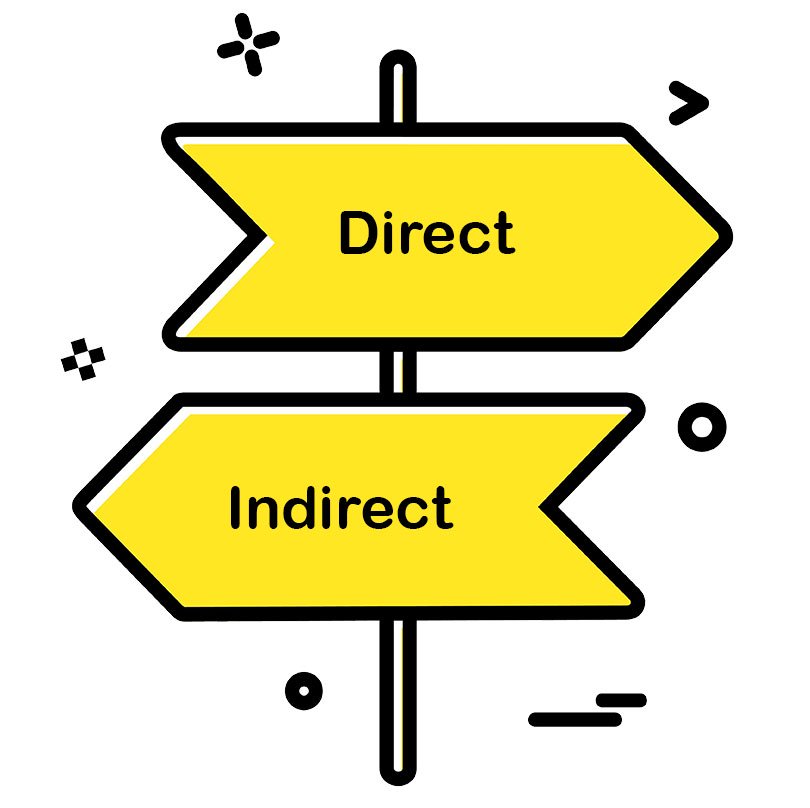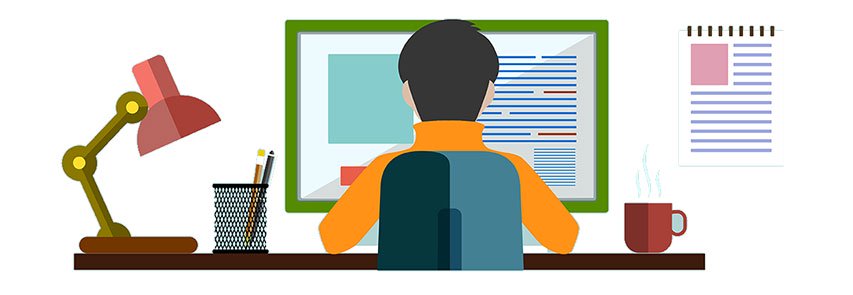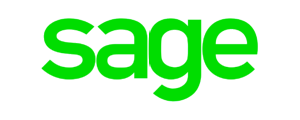If you run a subscription based business and you’re looking at switching to Direct Debits to collect your customers’ recurring payments, then this article will explain the process and provide an easy-to-follow checklist.
Direct Debit is a popular, safe and convenient method to manage the collection of regular fees. Here are the six steps to follow to start using Direct Debit for your subscription based business:
- Choose the Direct or Indirect Route
- Outsource to a Specialist Provider
- Get Customers Signed Up
- Communicate Mandatory Advance Notice
- Check Your Bank Account
- Maintain Your Direct Debits
Step 1: Choose the Direct or Indirect Route
 The Direct Debit system is run by a non-profit organisation called Bacs. There are two routes to use it:
The Direct Debit system is run by a non-profit organisation called Bacs. There are two routes to use it:
1. Direct Submitter
A Direct Submitter submits Direct Debit instructions directly to Bacs. It must have a Service User Number (SUN) from the bank, use relevant Bacs-approved software and have staff trained in managing the relevant data and files required.
Direct Submitters are usually large corporations which process huge volumes of Direct Debits. After the initial investment in software and staff training, managing the process in-house works out cheaper and faster in the long-term for the organisation.
2. Indirect Submitter
An Indirect Submitter outsources the Direct Debit collection process to a Bacs-approved, specialist third-party, such as FastPay.
A Direct Debit provider will handle the submission of payment files to Bacs on your behalf, provide you with all relevant documentation to set up customers on the system, and report on the status of your Direct Debits.
Most SMEs, and subscription-based companies, are Indirect Submitters. Using a third-party is cheaper and faster than handling the process internally.
Step 2: Outsource to a Specialist Provider

As a subscription-based business, it’s highly likely that you’ll chose the Indirect Submitter route and outsource to a specialist Direct Debit provider.
With FastPay, there are two options available to Indirect Submitters:
- Bureau Service – if you have a Service User Number (SUN) from your bank, you can use the Bureau Service
- Managed Service – if you don’t have a SUN, then you can opt for the Managed Service and utilise the personalised SUN provided by FastPay
Both services are affordable and quick to set up. FastPay manages all the submission of payment files to Bacs. We provide you with approved documentation and monitor your Direct Debits, flagging if there are any problems with customer instructions or any returned payments.
Step 3: Get Customers Signed Up

It’s not just your business switching to Direct Debits, it’s all your customers too. If you’re daunted by this task, you shouldn’t be. Migrating customers onto paying by Direct Debit is surprisingly straightforward.
Each customer will need to complete a Direct Debit mandate. This standard form is an instruction to the customer’s bank that authorises you to use Direct Debit to collect payments from their account on an ongoing basis.
The form includes information about the Direct Debit Guarantee. This is a set of safeguards from Bacs that protect Direct Debit users from payments taken fraudulently or by mistake.
These mandates can be completed by customers using a method that is most convenient to them.
They can do it over the phone, via a secure area of your website or by filling out a paper form and posting it back to you.
If you outsource to FastPay, you’ll be provided with Bacs-approved forms, telephone scripts, and fully integrated website sign-up forms. Armed with this readymade content, you can organise a plan to contact existing customers to get them signed up to Direct Debit. This could be via post, email, on your website, social media, phone – whatever communication type is most preferred by your customers.
Once you have these completed mandates, you provide the information to your Direct Debit collection company. Your provider will then submit the relevant files to Bacs on your behalf.
Step 4: Communicate Mandatory Advance Notice
A completed Direct Debit mandate authorises you to collect payments from a customer’s bank account – provided you inform the customer in advance.
You’re required to communicate Mandatory Advance Notice to your customers before you take their first payments. This can be sent via letter, email, text message or conveyed over the phone. You must also notify customers in advance every time information on their Direct Debit changes, for example the amount, frequency or collection date.
This notification includes an Advance Notice of Direct Debit which confirms banks details, specifics on the collection as well as the Direct Debit reference number you’ll use.
FastPay supplies its clients with easy-to-complete standard templates for Mandatory Advance Notice letters, as well as all other letter templates that you might require.
Step 5: Check Your Bank Account

Now that you’ve supplied your customers’ information from their completed mandates to your Direct Debit provider and have sent out the relevant letters, the next step is to wait for the funds to clear in your bank account.
Your customers’ accounts are debited on the date agreed in the mandate. This amount is credited into a Client Trust Account that FastPay (or your chosen provider) holds in your name. Once the funds have cleared, FastPay transfers the money into your nominated bank account.
It’s rare for Direct Debits to fail or be returned. However, if this happens, then FastPay will alert you promptly so you can take appropriate action with your customer and attempt the collection again.
Step 6: Maintain Your Direct Debits
Switching to Direct Debits to collect your customers’ subscription fees is quick, easy and efficient. However, you need to maintain your Direct Debit system to ensure it continues to run smoothly after the initial set up.
Again, this is straightforward to do if you use a specialist Direct Debit collection company. FastPay, for example, sends you regular reports on your Direct Debits and monitors them constantly to notify you of any issues.
Working with your provider, you can also easily update Direct Debits if customer information changes, cancel them or add new payers onto your Direct Debit scheme.
Make the Switch to Direct Debit
As a subscription-based business, using Direct Debit to collect your customers’ recurring fees is an efficient, secure and convenient method. Follow these six steps to make the switch today.












